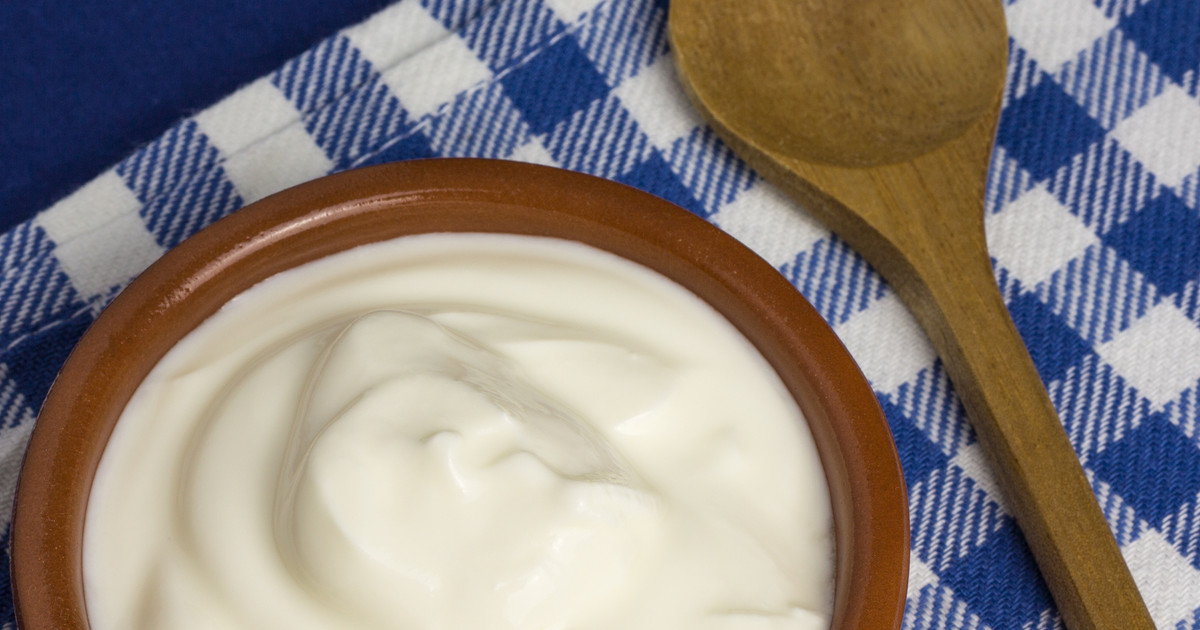Greek Yogurt Vs. Regular Yogurt: Which Is Healthier?
Flavor Options And Potency

In terms of flavor options and potency, shoppers have many choices with both types of yogurt. Greek yogurt and regular yogurt come in plain and sweetened varieties, and many include fruit, jam, nuts, granola, and other toppings. Peach, strawberry, blueberry, and vanilla are a few of the most popular flavors, and both types of yogurt now come in dairy and non-dairy formulations. Dairy yogurt is usually made with cow's milk, and some individuals might enjoy yogurt made from goat's milk as well. Non-dairy yogurt can be made from almond, soy, coconut, rice, or oat milk. Yogurt made from oat, soy, or rice milk typically has a neutral flavor. Coconut milk tends to give yogurt a slightly tangy flavor, and almond milk can impart a somewhat nutty taste. To increase the potency of a particular flavor, individuals may want to experiment with adding different toppings. For example, adding fresh blueberries will increase the fruity taste of blueberry yogurt, and honey will intensify the sweetness of vanilla yogurt.
Get familiar with the fat content to both types of yogurt next.
Fat Content

Greek yogurt generally has a higher fat content than regular yogurt. Some brands of full-fat Greek yogurt have sixteen grams of saturated fat in a seven-ounce serving. By comparison, many brands of full-fat regular yogurt have an average of five grams of saturated fat in an eight-ounce serving. Saturated fat increases the risk of cardiovascular disease, and it is associated with increases in total cholesterol and low-density lipoprotein cholesterol (the unhealthy kind). Doctors suggest a daily limit of eleven to thirteen grams of saturated fat for patients with high cholesterol or other risk factors for cardiovascular disease. Nutritionists advise patients to choose low-fat Greek yogurt when possible, and some may want to choose fat-free Greek yogurt. Even though regular yogurt tends to have a lower fat content than Greek yogurt, it is still important to be mindful of daily fat intake, and patients might wish to consider low-fat versions of regular yogurt as well.
Food diaries can help patients monitor their fat intake and find healthy ways to incorporate yogurt into their daily nutrition budget. When shopping for yogurt at the grocery store, doing a side-by-side comparison of nutrition labels enables patients to see which yogurt has a suitable balance of fat, sugar, and protein. In addition to checking the saturated fat content, nutritionists advise patients to be aware of the total fat content of each yogurt. A low-fat diet usually contains a maximum of thirty percent fat. For individuals with a daily calorie goal of two thousand calories, a low-fat diet would allow for sixty-seven grams of fat each day. Patients on low-fat diets with a limit of 1,500 calories per day have a recommended daily fat intake of fifty grams. Doctors and nutritionists can provide advice on healthy portion sizes and other ways to manage the fat content of yogurt.
Discover the details regarding probiotics in Greek yogurt and regular yogurt next.
